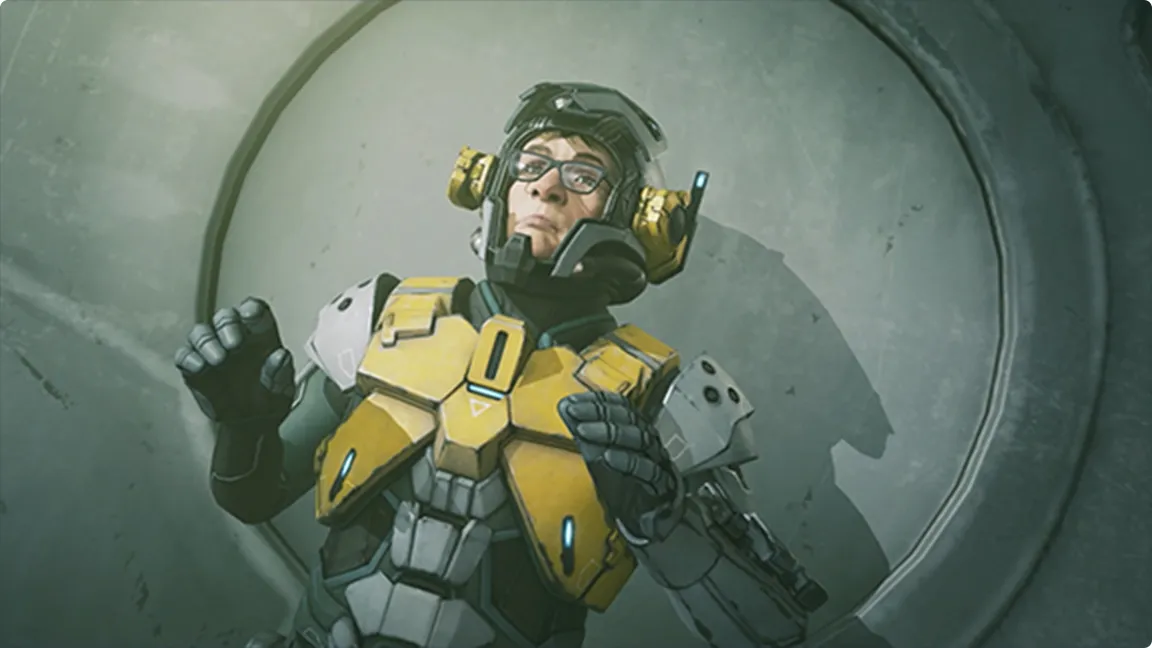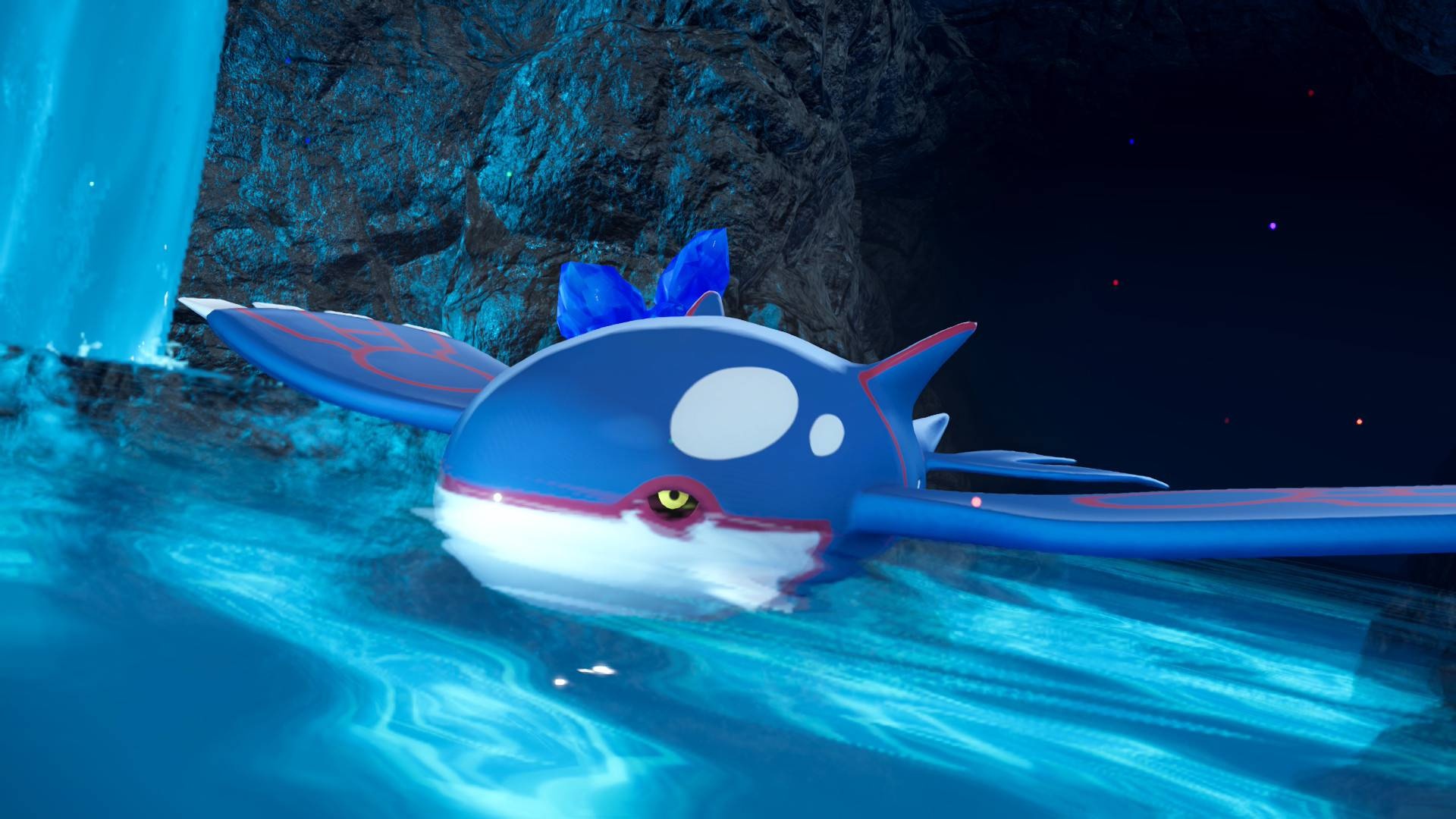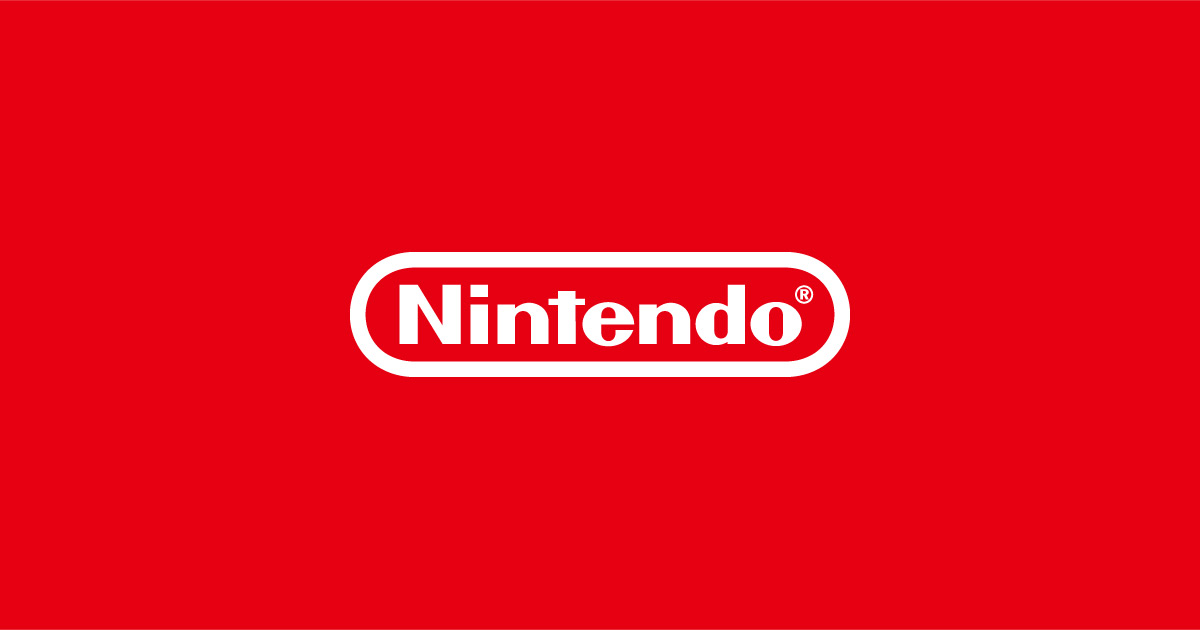Nintendo’s eighth-generation home console, the Wii U, has faced a growing preservation challenge as reports of NAND corruption have rendered increasing numbers of systems inoperable.
As many owners experienced consoles failing to boot due to corrupted NAND chips—a vital memory component storing system software and data—the search for a practical and sustainable repair solution intensified.
Now, renowned hardware modder and electronics engineer Voultar has unveiled an innovative answer: NAND-AID, a finely engineered tool designed to revive bricked Wii U units by enabling MicroSD card replacements for failed NAND chips. The Wii U, first launched in 2012, introduced the asymmetric gameplay concept via its tablet-like GamePad.
Despite its limited commercial success compared to the Nintendo Switch, the console maintains a dedicated enthusiast community.
With eShop support for the Wii U ending, hardware preservation gains new urgency, making solutions like NAND-AID even more relevant. In a recent reveal, Voultar showcased the finalized hardware for NAND-AID.
The device, aimed at simplifying Wii U repairs, allows users to circumvent defective onboard NAND by installing a MicroSD card as the replacement memory.
Installation is streamlined to accommodate different revisions of the Wii U main board, with the process requiring only minor soldering skills.
Instead of removing the failed NAND chip, users detach it from the system bus by severing a single trace, thereby minimizing the risk and complexity associated with conventional hardware repairs. Voultar explained, “My objective was to create a solution that anyone with basic soldering knowledge could confidently install, covering the Wii U mainboard variants in my collection.” He acknowledged that while supporting software would continue development, reliable hardware was now in hand—a major milestone for the preservation scene. Since announcing the NAND-AID (previously referred to as the Wii U NAND Rebuilder), Voultar has addressed questions regarding the performance of MicroSD cards versus typical eMMC NAND storage.
He clarified, “Functionally, eMMC and SD cards are quite similar.
Though eMMC may exhibit slightly faster speeds, the Wii U’s eNAND actually runs in 4-bit mode, so most modern SD cards should be more than adequate for the system’s needs.” Crucially, Voultar has committed to making the NAND-AID open-source, ensuring anyone can access the schematics and build their own device.
“This way, not only can technically skilled users craft their own boards, but professional modders will also be able to offer this service, giving more Wii U consoles a second chance,” he affirmed.
Importantly, Voultar does not seek financial compensation for the project, highlighting a strong spirit of community support in the wider modding ecosystem. With NAND-AID, Voultar brings new hope for owners of ailing Wii U hardware, providing a cost-effective and accessible path to restoring consoles and safeguarding digital Nintendo experiences for future generations.
As many owners experienced consoles failing to boot due to corrupted NAND chips—a vital memory component storing system software and data—the search for a practical and sustainable repair solution intensified.
Now, renowned hardware modder and electronics engineer Voultar has unveiled an innovative answer: NAND-AID, a finely engineered tool designed to revive bricked Wii U units by enabling MicroSD card replacements for failed NAND chips. The Wii U, first launched in 2012, introduced the asymmetric gameplay concept via its tablet-like GamePad.
Despite its limited commercial success compared to the Nintendo Switch, the console maintains a dedicated enthusiast community.
With eShop support for the Wii U ending, hardware preservation gains new urgency, making solutions like NAND-AID even more relevant. In a recent reveal, Voultar showcased the finalized hardware for NAND-AID.
The device, aimed at simplifying Wii U repairs, allows users to circumvent defective onboard NAND by installing a MicroSD card as the replacement memory.
Installation is streamlined to accommodate different revisions of the Wii U main board, with the process requiring only minor soldering skills.
Instead of removing the failed NAND chip, users detach it from the system bus by severing a single trace, thereby minimizing the risk and complexity associated with conventional hardware repairs. Voultar explained, “My objective was to create a solution that anyone with basic soldering knowledge could confidently install, covering the Wii U mainboard variants in my collection.” He acknowledged that while supporting software would continue development, reliable hardware was now in hand—a major milestone for the preservation scene. Since announcing the NAND-AID (previously referred to as the Wii U NAND Rebuilder), Voultar has addressed questions regarding the performance of MicroSD cards versus typical eMMC NAND storage.
He clarified, “Functionally, eMMC and SD cards are quite similar.
Though eMMC may exhibit slightly faster speeds, the Wii U’s eNAND actually runs in 4-bit mode, so most modern SD cards should be more than adequate for the system’s needs.” Crucially, Voultar has committed to making the NAND-AID open-source, ensuring anyone can access the schematics and build their own device.
“This way, not only can technically skilled users craft their own boards, but professional modders will also be able to offer this service, giving more Wii U consoles a second chance,” he affirmed.
Importantly, Voultar does not seek financial compensation for the project, highlighting a strong spirit of community support in the wider modding ecosystem. With NAND-AID, Voultar brings new hope for owners of ailing Wii U hardware, providing a cost-effective and accessible path to restoring consoles and safeguarding digital Nintendo experiences for future generations.






